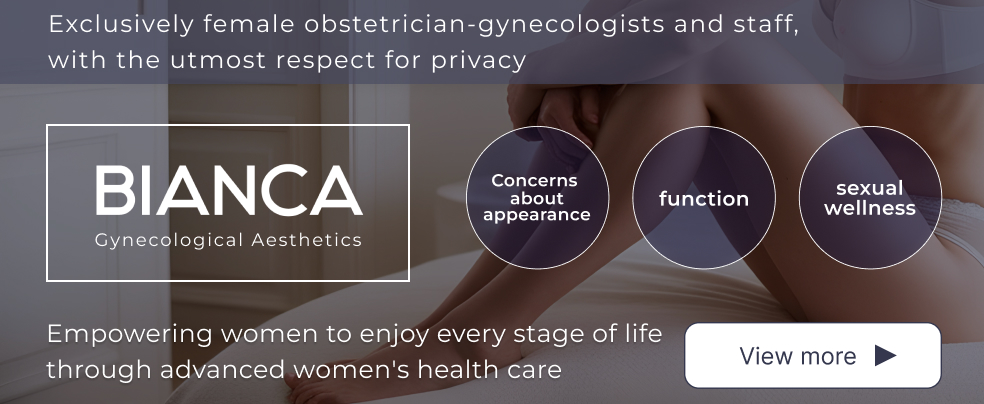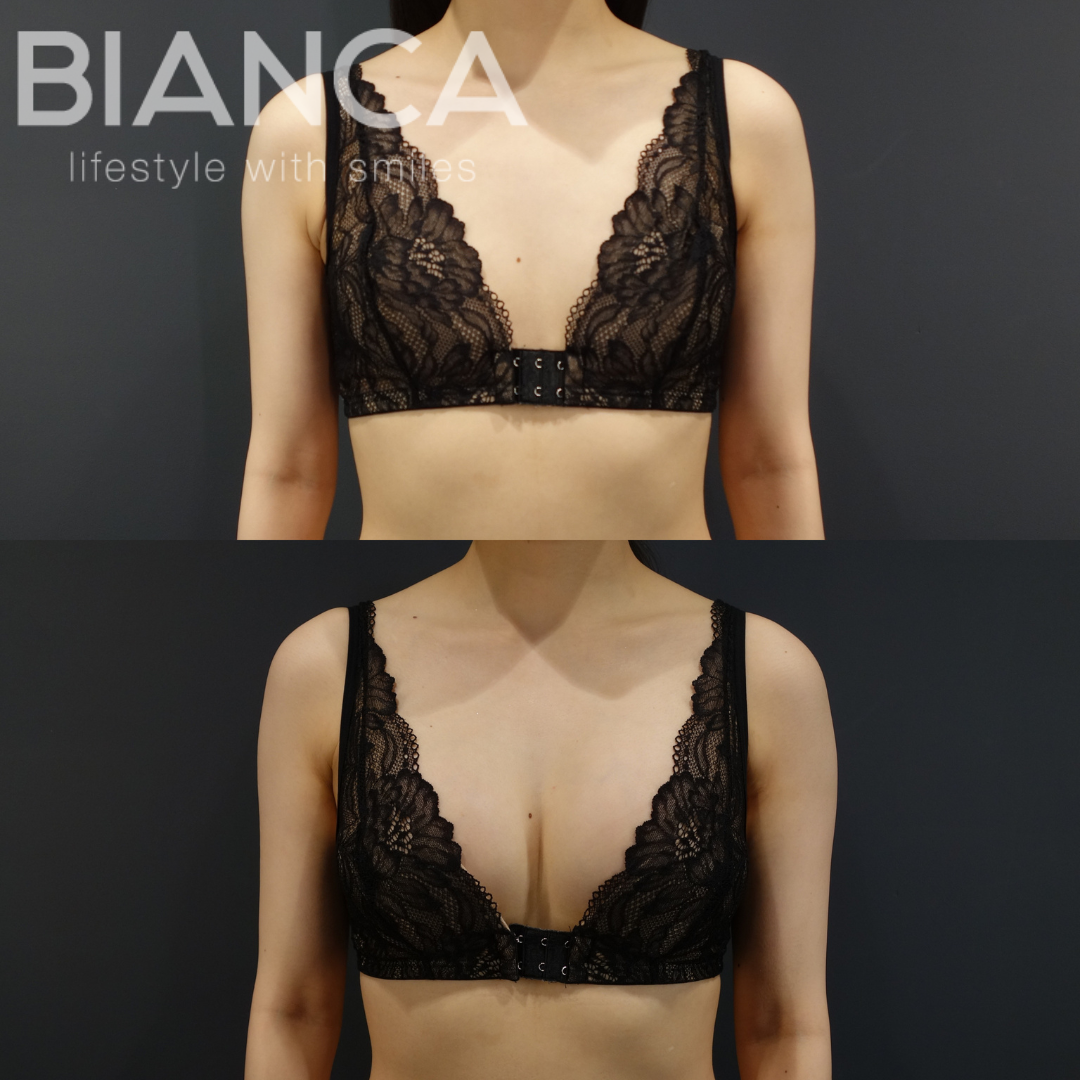Hello everyone, this is Hime.
Today, I’d like to talk about breast augmentation, as I’ve been receiving more consultations on this topic recently.
When you search for breast augmentation online, you’ll find numerous options, making it hard to determine what’s right for you.
While there are many methods like hyaluronic acid and PRP, it’s generally recommended to start by considering silicone implant augmentation or fat graft augmentation. These methods are considered safe and effective in the long term.
I’ll explain why I don’t recommend some other types of augmentation in a future post.
What Makes Silicone Implant Augmentation So Appealing?
The biggest advantage is that you can achieve your desired cup size with just one surgery.
In the past, silicone implants needed to be replaced periodically. However, with modern implants, as long as there are no major issues like infections, they can safely stay in place permanently.
As for the texture, I encourage you to feel the actual implants yourself—it’s essentially indistinguishable from natural breasts.
Placement Techniques and Layers
When it comes to placing silicone implants, the insertion layer is critical to achieving the best results. Here are the main approaches:
1. Under the Mammary Gland (Subglandular Placement)
This is the layer containing the breast’s natural fat and glandular tissue. It creates a very natural appearance, especially enhancing the lower part of the breast (often referred to as the “underboob”).
However, for individuals with very little natural breast tissue, placing the implant under the mammary gland can result in the implant being visible beneath the skin.
2. Under the Pectoral Muscle (Submuscular Placement)
This method places the implant deeper, away from the skin, reducing the risk of it appearing visible. However, the drawback is that the breast may look unnatural when the chest muscles are flexed. Additionally, achieving a natural “underboob” shape can be more challenging.
3. Dual Plane Technique
For those with very little natural breast tissue who want a natural “underboob,” the implant can be placed with the upper part under the pectoral muscle and the lower part under the mammary gland.
This approach allows for a balance between natural appearance and implant concealment.
More Than Just Inserting an Implant
The surgeon carefully designs the placement to ensure the most beautiful results, finely adjusting the layers for a tailored outcome. Breast augmentation with silicone implants is far more complex than simply inserting the implant.
Which Breast Augmentation is Right for Me? ~Fat Graft Edition~
Fat grafting involves using your own fat for breast augmentation, which means the texture feels just like natural breasts, and precise customization is possible.
However, the biggest drawback of fat grafting is the unpredictability of how much fat will survive after the procedure. This is arguably the most challenging aspect of fat graft augmentation.
Key Factors for Successful Fat Graft Augmentation
Achieving optimal fat survival requires both the skill of the doctor and effort from the patient.
Why Fat Survival Matters
For fat to survive, it needs to integrate as living cells in the treated area. Adequate blood flow is crucial to support the fat cells.
If too much fat is injected into one spot, blood flow becomes insufficient, which can result in the fat not surviving. To address this, the fat is injected evenly into various layers such as beneath the mammary gland, within the mammary gland, and under the skin.
Additionally, only high-quality fat is used for the injections to maximize results.
What Patients Can Do Post-Surgery
After the procedure, maintaining good blood flow in the treated area is essential for ensuring fat survival. Here are some key points:
- Avoid tight compression garments
Tight bras or compression can reduce blood flow to the breasts. - Avoid sleeping on your stomach
This can also negatively impact blood circulation to the breasts. - Hold off on dieting
Dieting can deplete the nutrients needed for fat survival and reduce the amount of fat in your body.
It’s recommended to avoid dieting for at least three months after surgery, and ideally up to six months.
Pros and Cons of Fat Graft Augmentation
While the final size is harder to predict, fat grafting can achieve excellent results if the fat survives well.
Both silicone implants and fat grafting have their own advantages and disadvantages. If you’re considering breast augmentation and unsure which method suits you best, feel free to come in for a consultation. We’ll help you make the best decision! 😊



